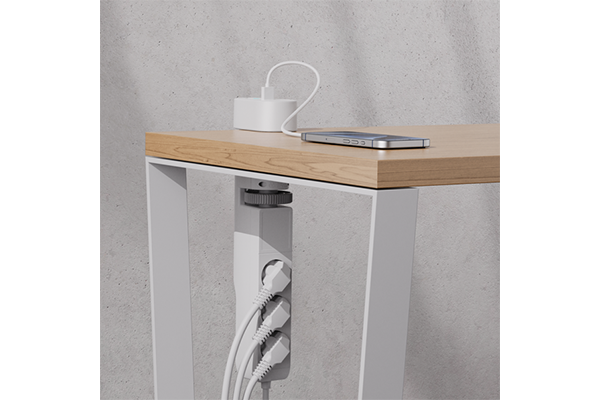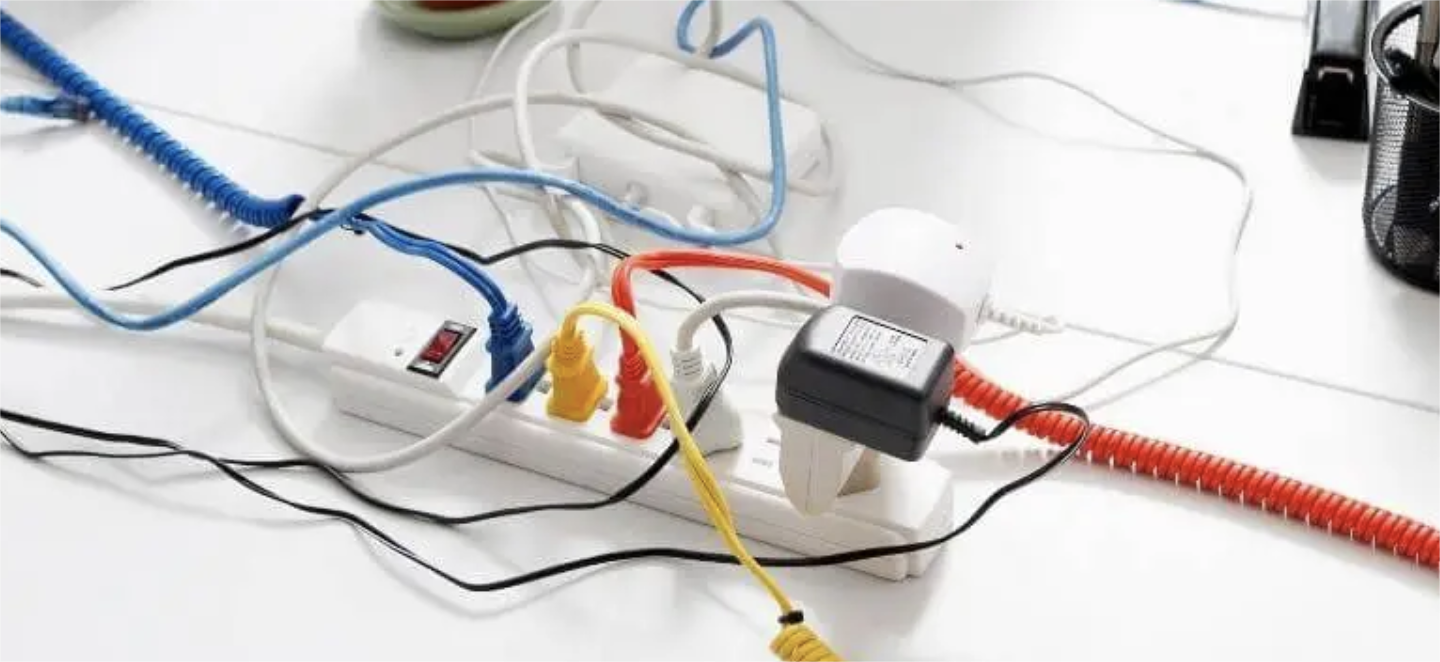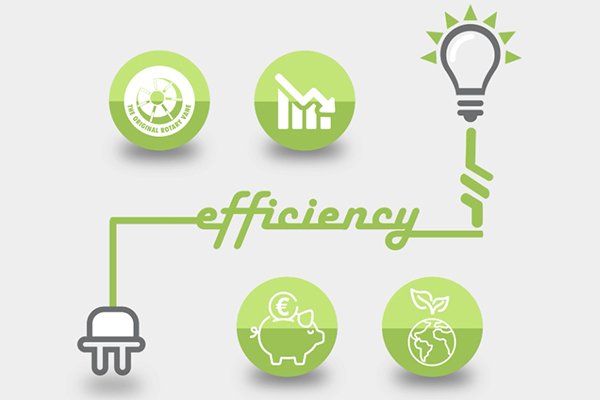Do Power Strips Save Energy?

We all use power strips—but can they really help you save energy?
Power strips themselves don’t directly save energy, but smart usage—especially with smart power strips1—can significantly reduce standby power2 loss. The key lies in how and when they’re used.
Power strips offer more than just extra sockets—they can become energy-saving tools when used wisely.
The Hidden Electricity Drain
Most people don’t realize their electronics keep using power, even when turned off.
Many devices draw standby power2—also known as “phantom load3”—which can account for 5–10% of household electricity use.

What Is Phantom Load?
Devices like TVs, monitors, chargers, and gaming consoles continue to draw a small current while in standby mode. That constant trickle adds up—especially when multiplied by every plug in your home.
| Device Type | Avg. Standby Power (Watts) | Monthly Cost (USD) |
|---|---|---|
| TV | 2–5 | $0.30–$0.75 |
| Game Console | 1–4 | $0.20–$0.60 |
| Desktop Computer | 3–10 | $0.50–$1.50 |
| Printer | 1–2 | $0.15–$0.30 |
Unplugging these devices or cutting off power at the source is where power strips come in.
Do Regular vs Smart Power Strips Make a Difference?
Yes—smart power strips1 are purpose-built to save energy, while traditional strips only provide convenience.
Smart power strips can automatically shut off idle electronics, schedule on/off times, and detect when primary devices (like a PC) are turned off.

Regular Power Strips: Manual but Helpful
A basic power strip allows you to unplug several devices at once or shut them down with a single switch—helpful if used consistently.
Smart Power Strips: Intelligent Savings
Smart strips go a step further:
- Auto-shutoff when no current is detected
- Timer functions for scheduling
- Controlled outlets that respond to one main device (e.g., PC or TV)
- App/voice integration for hands-free power management
| Type | Energy-Saving Potential | Ease of Use |
|---|---|---|
| Regular Power Strip | Moderate (manual use) | Simple |
| Smart Power Strip | High (automated) | Very convenient |
Common Misconceptions About Power Strip Energy Use
Not all power strips save energy by default.
Leaving a power strip turned on—even without devices in use—won’t save energy. In some cases, low-quality strips may even consume a small amount of power themselves.
Myths to Avoid
-
Myth: “Power strips always reduce energy bills.”
Fact: Only if used to shut off standby power2. -
Myth: “Smart strips are only for tech geeks.”
Fact: Anyone can use them—many models are plug-and-play. -
Myth: “It’s not worth worrying about a few watts.”
Fact: Over a year, it adds up—especially in multi-device homes and offices.
How to Use Power Strips for Real Energy Savings
Turning your power strip into an energy saver is easy—with a few intentional habits.
The most effective way to save energy is to cut power to idle electronics when they’re not in use—and to use smart strips for automatic control.

Quick Tips:
- Use a switchable strip4 for clusters of devices (TV, sound system, game console)
- Replace old strips with smart surge-protected models
- Set timers or app schedules to power down workstations at night
- Use smart features like idle detection for office printers and monitors
- Choose power strips with overload protection5 to prevent wasted energy and potential hazards
Ideal Use Cases:
| Area | Energy-Saving Setup |
|---|---|
| TV Area | Smart strip with master-control outlet |
| Home Office | Timer-controlled strip for work hours |
| Kitchen | Manual switch strip for small appliances |
| Gaming Setup | Idle-sensing smart strip |
Conclusion
Power strips don’t save energy on their own—but when used strategically, especially smart ones, they can play a big role in reducing phantom load3 and boosting energy efficiency at home or work. Upgrade wisely, and let your power strip do more than just power.
-
Explore how smart power strips can automate energy savings and enhance your home efficiency. ↩ ↩
-
Learn about standby power to identify hidden energy costs and ways to mitigate them. ↩ ↩ ↩
-
Understanding phantom load is crucial for reducing unnecessary energy consumption in your home. ↩ ↩
-
Explore the advantages of switchable strips for controlling multiple devices and saving energy. ↩
-
Find out how overload protection can safeguard your devices and prevent energy waste. ↩






